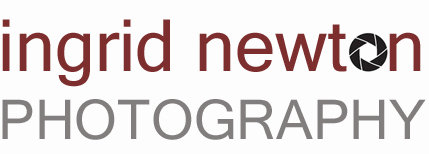In the aftermath of Brexit I have found myself re-examining my Latvian roots even more closely as I struggle to come to terms with the consequences of exiting the EU and its effects on my sense of my own European identity. The internal conflict I feel – brought up British but with a latent Latvian side – has led to this long term photographic project investigating the nature of identity. Using my family archive of photographs, documents and personal possessions, the work features multi-layered images to explore the idea of personal and national identity and the ways in which the two are linked. In these blog posts I aim to provide a little background information to the project.
From the cradle to the grave our passage through life is marked by a series of official documents - birth, marriage, divorce and death certificates, identity papers and passes, various certificates relating to jobs or education, medical records and official correspondence to which we attach importance. The various documents relating to my Latvian grandmother and mother have helped me supplement the little that I know of the story of their lives before the war and their subsequent flight from Latvia and immigration to the UK.
But my grandmother’s story begins in Riga, Latvia in the summer of 1903 where she is born to her actor parents Eduards and Anna Kaupins.
My great grandmother and great grandfather and my grandmother’s birth certificate
The above image shows photographs of my grandmother’s parents - Anna and Eduards Kaupins - both of whom I have written about in a previous blog post. They were actors in the Liepaja Theatre but at some point must have come to the capital Riga, my grandmother’s birthplace. There are no photographs of my grandmother as a child - she was orphaned at the age of eight - but I recently discovered what I presume to be her birth certificate which you can see is written in Russian. At that time Latvia was under Russian rule but also with a large Baltic German influence. The language of officiadom was Russian - the Latvian names are only in brackets (marginalisation of a language is a well-known method of controlling a subjugated populace.) Shortly after my grandmother’s birth there was an unsuccessful national Latvian revolution in 1905 where the demands of the Social Democratic Party included the teaching of the Latvian language in schools, the use of the language in the administration and courts and democratic local self-government. Although brutally suppressed, it sowed the seeds for the Latvian independence movement which resulted in the emergence of the free state of Latvia in 1918.
Above right is another yellowing certificate I found in my grandmother’s effects. Here her name is clearly written in Latvian - Hilda Mirdza Kaupin, although she always referred to herself as Mirdza, but the old script is difficult to decipher so I’m not sure exactly what it is. It is obviously a religious certificate of some sort and gives the dates of her birth and christening in 1903 and 1904 and another date in 1921 - some sort of religious coming of age or confirmation? In both certificates her date of birth is written as 10th September 1903 but in all other later documentation it is 10th August. Even taking into account the change from the Julian to the Gregorian calendar, the dates don’t add up. Another little mystery that the past so often throws up and which will probably never be solved……



